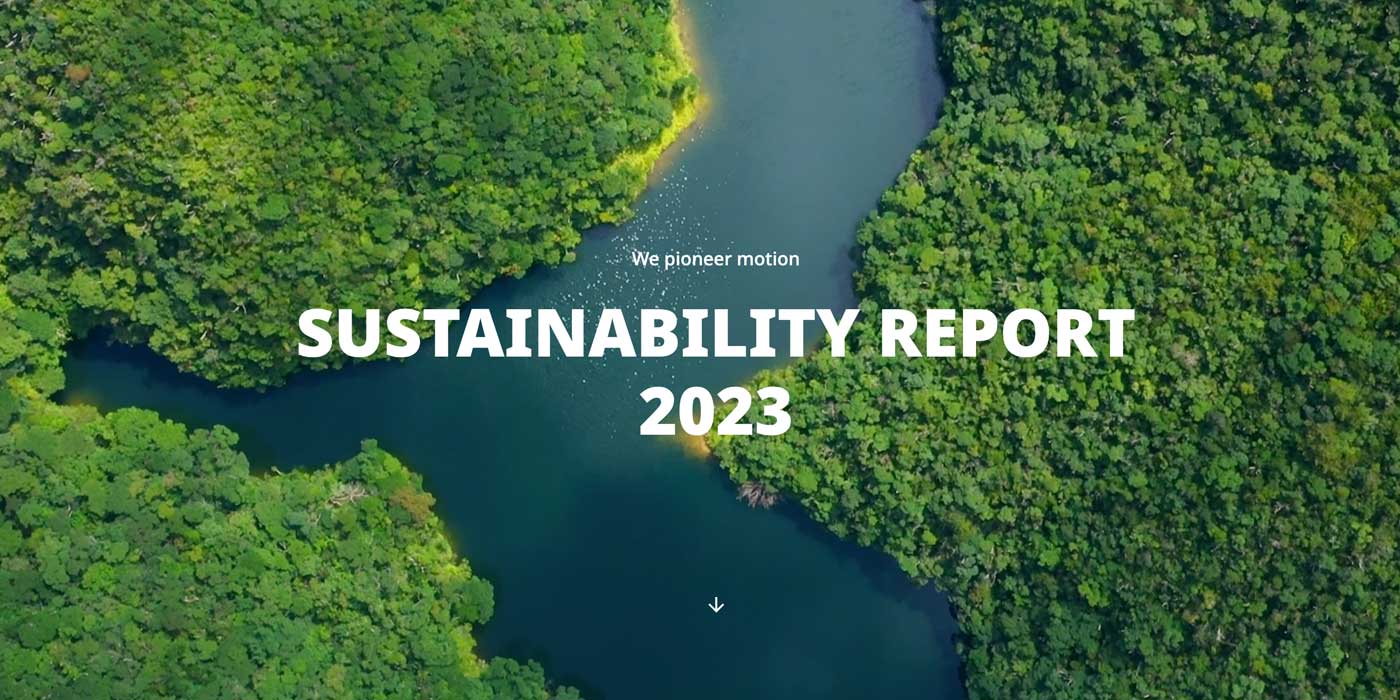Stop-start technology has moved well beyond the handful of hybrid vehicles we were familiar with, and is now becoming a standard option for many vehicles equipped with conventional internal combustion engines. Stop-start (also known as “micro-hybrid”) technology is the latest effort by vehicle manufacturers to achieve the nearly 55 miles-per-gallon corporate average fuel economy (CAFE) standards expected by the EPA before the 2025 model year.
For drivers, stop-start represents a potential fuel savings of 5 to 10 percent over conventional systems. For the OEMs, it means staying competitive in a changing marketplace. For those of us behind the parts counter, the increasing number of stop-start vehicles means asking new questions, identifying new options and opportunities for increased sales.
The stop-start cycle begins when the vehicle comes to a full stop, such as in heavy traffic or at a traffic light. The ECM cuts fuel to the engine, and the vehicle “shuts off.” In an automatic, when the driver releases the brake pedal, the engine restarts within a fraction of a second, sometimes even before the driver can move their foot to the accelerator. For vehicles with manual transmissions, the driver must place the transmission in neutral and release the clutch pedal while stopped. (This is a good idea anyway, since it can save wear on the clutch release bearing … and your left leg!) Engaging the clutch and shifting back into gear restarts the engine.
While this technology saves fuel and reduces emissions, it can put more strain on the starting and charging systems. One of the major considerations for the parts specialist (as well as the customer) is selecting an appropriate battery for micro-hybrid vehicles.
Flooded lead-acid batteries are great for storing the energy required to crank over a conventional engine, but stop-start vehicles place unique demands on a battery. When a stop-start vehicle shuts off, the vehicle’s electrical accessories as well as the ECM still require constant power. Air conditioning compressors and automatic transmission fluid pumps need to continue circulating, so auxiliary electrical systems also are required to keep things turning while the engine is idle. The battery is responsible for powering all of these functions, and a conventional battery is simply not designed for these sorts of duty cycles. Conventional batteries work most effectively when they are kept at a constant state of full charge between starts, and can be supplemented by alternator output. Start-stop batteries need to work reliably at a continual state of partial charge, a characteristic better suited to AGM batteries. AGM (absorbed glass mat) batteries are factory installed by many OEMs in stop-start vehicles, both as a primary battery and for those equipped with auxiliary batteries. Their function can be compared to marine and RV “deep cycle” batteries, in that they must be capable of handling constant charge/discharge cycles while providing adequate power during all phases of operation.
While many customers have already discovered the advantages of upgrading from a conventional flooded battery to an AGM battery (power, longevity, resistance to sulfating and vibration), they may not realize that for stop-start vehicles, AGM batteries can be a minimum requirement of their maintenance. Stop-start vehicles originally equipped with AGM technology require AGM replacement units when the OEM battery does eventually fail. Substituting a flooded lead-acid battery for an AGM in these stop-start applications can lead to no-start or hard-starting conditions, especially in vehicles with heavy electrical loads. Selling micro-hybrid AGM batteries may require you to overcome a customer’s initial price objections, but once the unique needs of these charging systems are explained, the benefits far outweigh the difference in price between the two options. CM









